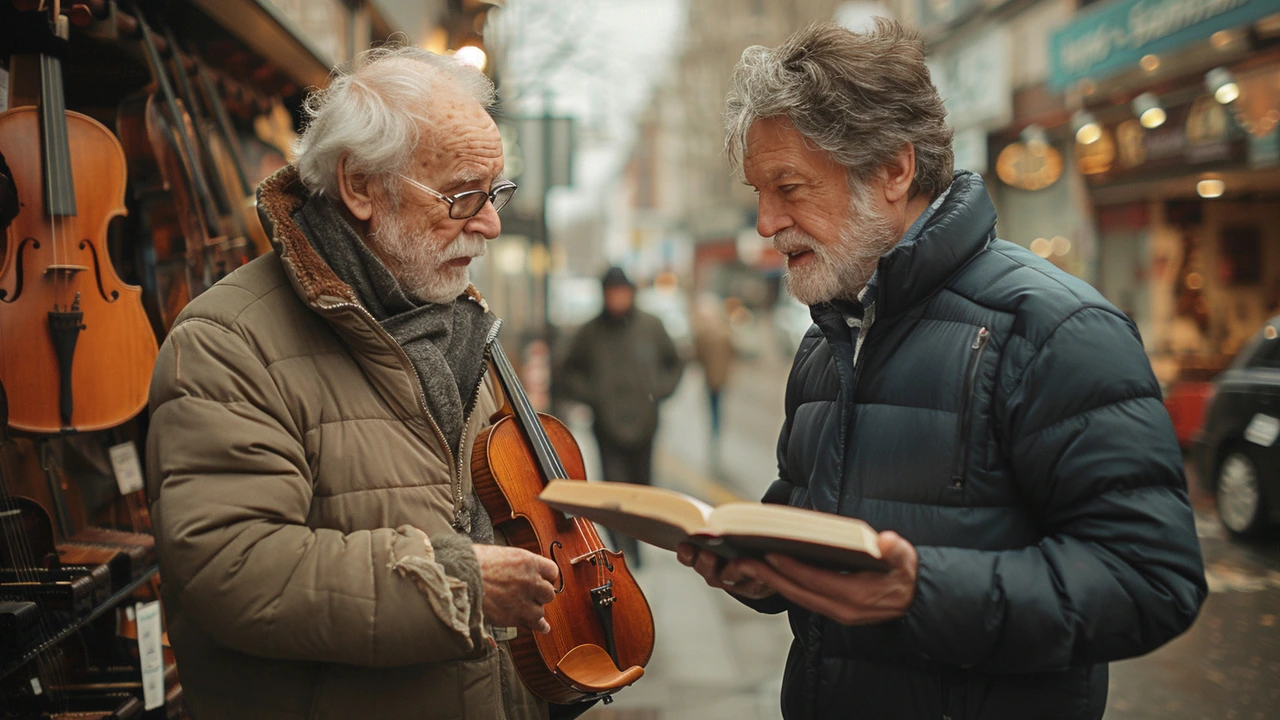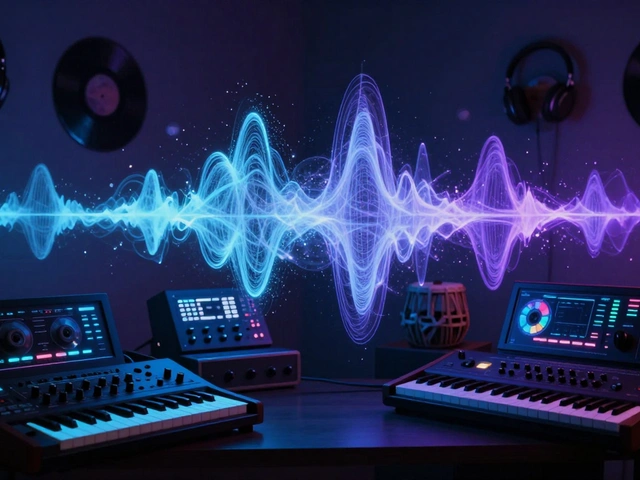Introduction to the World of Musical Instrument Investment
When we think of investments, stocks and real estate often come to mind. However, nestled within the realm of passion investments, musical instruments hold a unique and enduring appeal. Unlike traditional investments, the value of a well-chosen musical instrument can appreciate both financially and emotionally over time. Not only do these instruments serve as functional artifacts, creating beautiful sounds and providing joy to both players and listeners, but they also stand as historical pieces, storytelling objects that carry the marks and essence of their era.
From Stradivarius violins to vintage Gibson guitars, the market for rare and vintage musical instruments has seen a consistent rise in interest and value. Consider the Gibson Les Paul guitar from the 1950s, which has seen its value skyrocket from a few hundred dollars in its time to upwards of $200,000 today, depending on its history and condition. This surge is not merely a reflection of the instruments' musical capabilities but an acknowledgment of their artistic and historical significance.
The Historical and Emotional Value of Musical Instruments
Delving deeper into the realm of musical instruments, one cannot overlook their historical and emotional value. Instruments like the Stradivarius violins are not just tools for producing sound; they are masterpieces of craftsmanship and echoes of history. Antonio Stradivari, the Italian luthier from the 17th century, is estimated to have crafted over 1,000 violins, with about 650 still in existence today. The rarity and unique sound of these violins have made them highly sought after by both musicians and collectors, fetching prices in the millions.
Moreover, the emotional connection that develops between musicians and their instruments contributes significantly to the instruments' value. For many, an instrument becomes an extension of their self, a means to express emotions and tell stories. This intrinsic value, though subjective, is a powerful factor in the instrument's overall worth, making it more than just a physical object but a repository of memories and experiences.
Understanding Market Trends and Value Appreciation
Investing in musical instruments is not a decision to be taken lightly. Market trends, rarity, condition, and provenance all play critical roles in determining an instrument's value and potential for appreciation. In the world of musical instruments, rarity often equates to value. Instruments produced in limited quantities, or those from a specific period known for exceptional craftsmanship, tend to attract higher prices. Additionally, the instrument's condition is paramount; a well-preserved instrument, ideally with its original parts and finish, will always command a premium.
It's also vital to consider the provenance or the instrument's history of ownership. Instruments previously owned by renowned musicians or linked to historical events can see their value increase manifold. As an illustrative instance, John Lennon's Gibson J-160E guitar, used to compose hits such as 'Please Please Me' and 'She Loves You', sold at auction for $2.4 million. This proves how provenance can significantly impact an instrument's market value.
Strategies for Aspiring Collectors
For those looking to start or expand their collection, several strategies can ensure successful investment in musical instruments. Firstly, educating oneself about the instruments and the market is crucial. Attending auctions, visiting museums, and consulting with experts can provide invaluable insights. Secondly, focusing on quality over quantity is vital; a single high-quality, rare instrument is likely to appreciate more in value than several lesser pieces.
Networking with other collectors and musicians can also offer opportunities to acquire unique pieces. Lastly, proper maintenance and preservation of the instruments are essential to retaining and potentially increasing their value over time. Employing professional restoration services when necessary and storing the instruments in proper environmental conditions can make a significant difference.
The Future of Musical Instrument Investment
As with any investment, predicting the future market for musical instruments comes with uncertainties. However, historical trends indicate a steady interest and growth in the value of rare and vintage instruments. The increasing global wealth and the burgeoning interest in collectibles suggest that the market for premium musical instruments is likely to remain robust.
Moreover, as music education and appreciation continue to grow worldwide, so does the interest in owning a piece of musical history. Whether as a hedge against more volatile investments, a passionate pursuit, or both, investing in musical instruments represents a unique blend of aesthetic, historical, and financial value.
Conclusion
In conclusion, the world of musical instruments offers an intriguing avenue for investment, blending art, history, and finance in a way few other assets can. For music lovers and collectors, it opens up a realm of possibility, allowing them to connect with history, express their passion, and potentially see a return on their investment. With careful consideration, knowledge, and a bit of luck, investing in musical instruments can be a rewarding journey.






